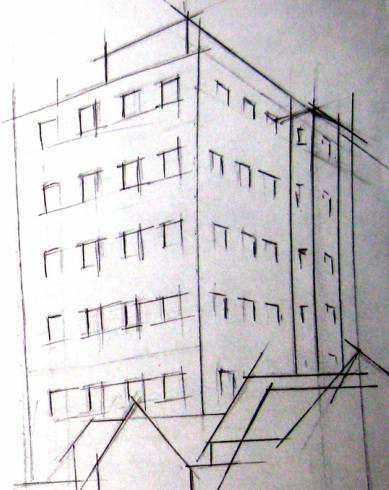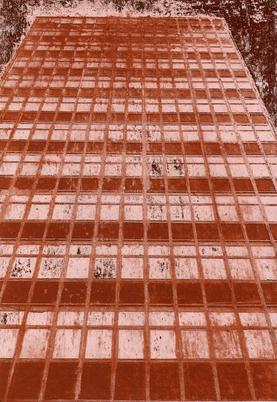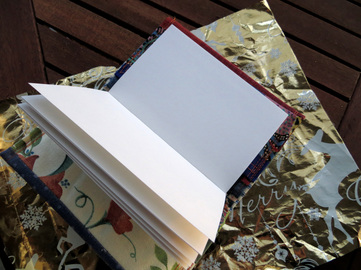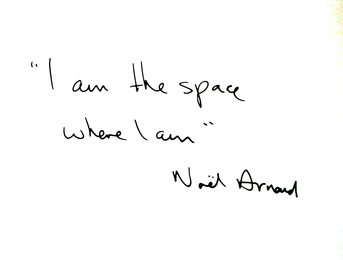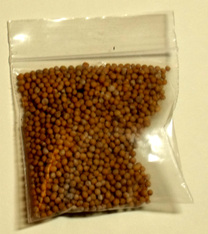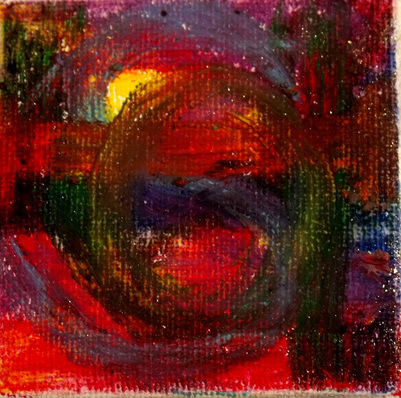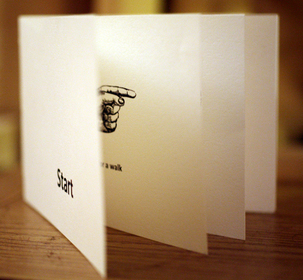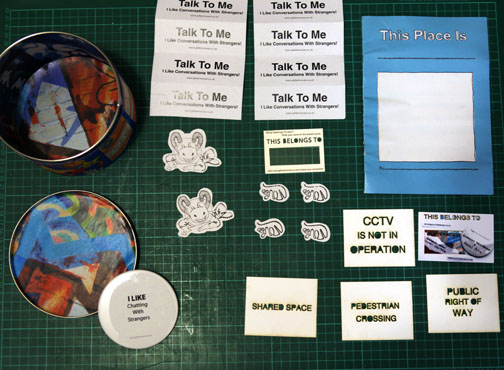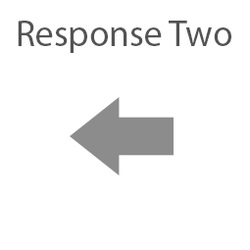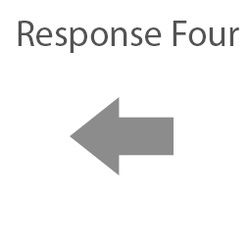David Hammond |
|
|
Shirley Hammond |
James Sharp |
|
|
Irena Siwiak Atamewan |
Christine Wilcox-Baker |
|
Being involved in the Creative Whispers CRITlaboration allowed for a broad range of approaches, investigation and experimentation. The focus of this project lay in the metamorphoses of ideas and investigation of questions arising from the creative process rather than in the production of resolved final pieces. Leading up to graduation in Fine Art last year my main focus had been abstract painting and working self-directed. By working from an idea or an object given to me by a fellow artist as my starting point and a deadline for my response Creative Whispers provided a clear framework, and gave me freedom to respond in any direction my starting point led me. This felt at times both daunting, because my starting point was out of my control, and liberating because it pushed/helped me widen my scope. Surprisingly painting figured very little in my responses. I felt an obligation but little urge to respond by painting, and my ideas led me elsewhere, mostly the comfortable realm of photography (always figured highly in my creative output long before I had even begun to draw and paint), the playground of working conceptually and even poetry: a book of Haiku augmented by photography and calligraphy coincided with a rare turn of good weather in March – I went walking in the Boggart Hole Clough, took photographs and composed my own Haiku. Working on the final response I realised that much of the work revolved around similar ideas centring around issues such as memories buried or suppressed or being reclusive with a limited outlook on the world. Christine Wilcox-Baker’s Sanctuary inspired me to draw together some of the ideas I have begun to explore throughout the project and return to some older ones. My Sanctuary is a refuge of the mind, a freedom of ideas, a shelter for creativity. |
Renate Wendel |
Kevin Linnane |
|
I approached this project experimentally and though I had no preconceptions regarding what I should learn from it, was determined to discover something. I enjoyed making time to produce work unconnected to my practice; not justifying it in that context, just following creative instinct. This experimental perspective liberated me to worry less about quality, not overthink my responses and embrace the first ideas I had. In collaborating, it was difficult to avoid ‘cross-pollination’ and not be influenced by more than my given response. I think this shows in recurring themes that are not solely due to single threads between pieces; we’ve ended with a web of responses. This is interesting; though I wonder how different the project would have been had we not shared responses openly and passed them on without discussion. Observing other’s responses was fascinating; I suspect comments about ‘quality’ that I found unnecessarily judgmental originate from a clash between perspectives that idealise either technical or conceptual prioritisation. A common debate, though I doubt how productive this polarisation is to the arts in general and hope practitioners can move on from it. Another contrast in approach was the question of whether to ‘destroy’ to ‘create’ where an instinctive respect afforded to others’ work caused reluctance to amend submissions. I noticed too, that some are comfortable sticking with one technique or style where others generate different outcomes, raising further questions; should we specialise or diversify? I have gained fresh perspective on my practice by stepping outside of it and have galvanised my resolve to maintain a concept, not process based approach where materials are determined by concept as opposed to allowing preferred media to shape an idea. I have identified how easy it is to slip into set methods of working, which I believe are a survival mechanism for productivity in a busy life but sometimes too comfortable, and that these structures benefit from frequent revision if they are to sustain a meaningful practice. |
Annabeth Orton
|
